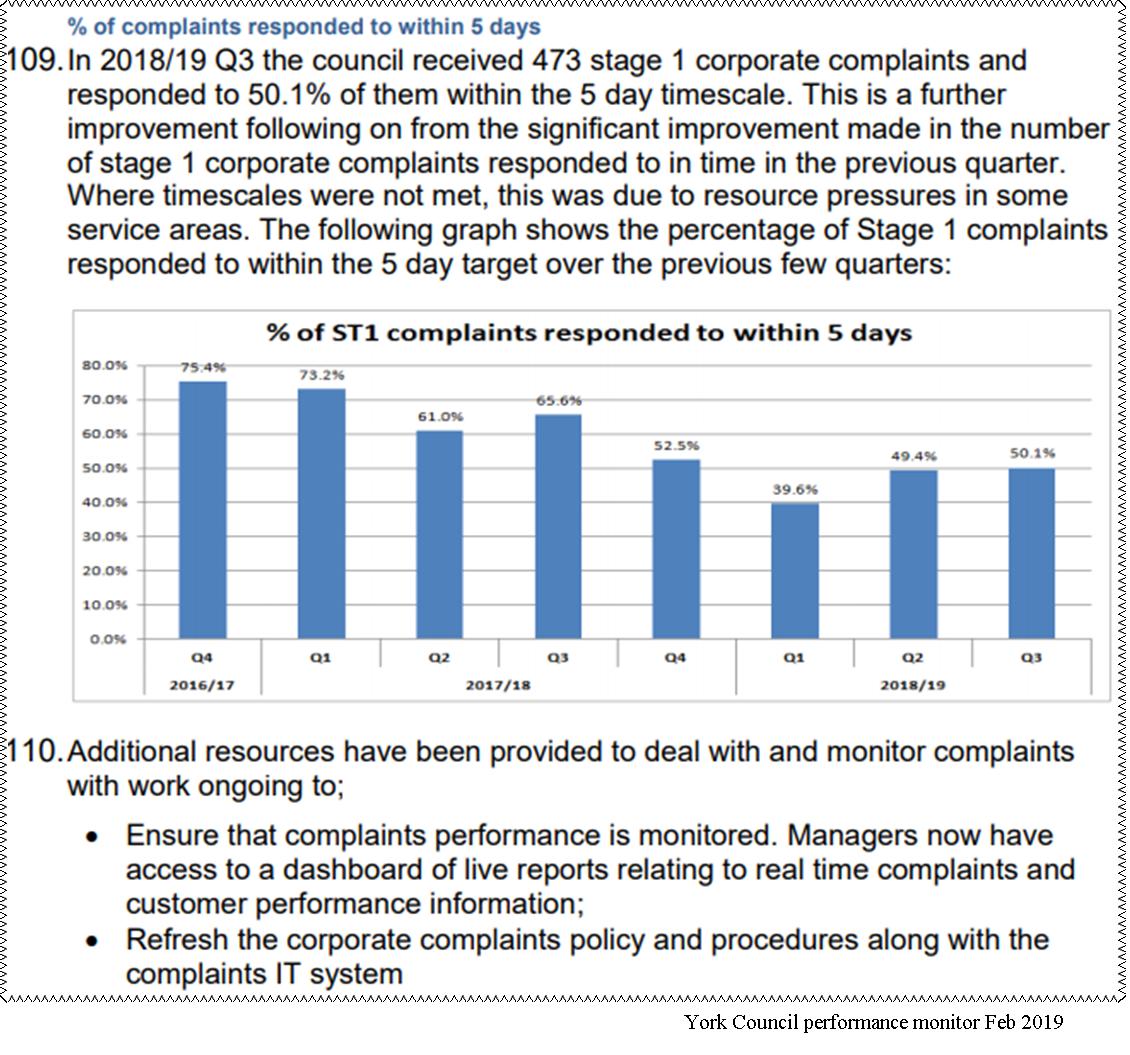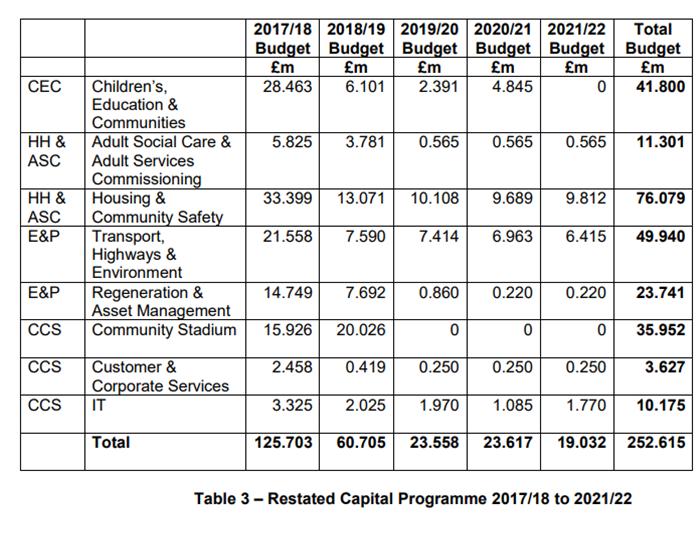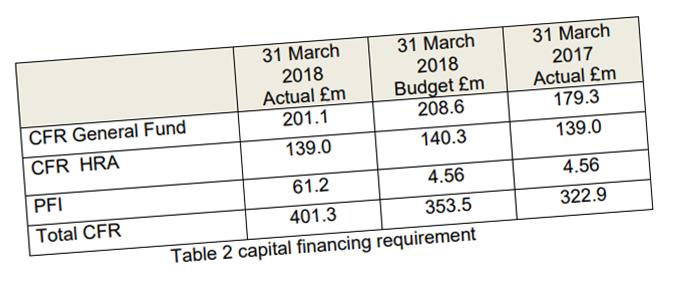 By the end of the year the York Council will have debts of over £318.2 million, up £52 million compared to 12 months earlier.
By the end of the year the York Council will have debts of over £318.2 million, up £52 million compared to 12 months earlier.
Nearly 14% of taxes paid to the authority now go on interest and principal repayments on loans.
The authority owes £139 million in historic debt on Council housing programmes.
The overall exposure is partly offset by investment balances which stand at £75.7 million (down from £91.6 million in 2017)
Debts have increased because of several projects. One of the most expensive is York’s share of the Allerton Park waste processing plant. Money has also been borrowed to fund aspects of the York Central development.
The financial assessment is due to be discussed at a meeting later this week.
The same meeting will consider the Council’s policy on funding new housing.
Included in the plan is a proposal which would see the Council borrowing £10 million to fund the development of the Lowfields site. This means the Council will have housing debts of £145 million, close to the legal debt cap of £146 million.
The Lowfields proposal involves building on a sports field which will be controversial and may lead to legal challenges. A promised “start on site” early in 2019 looks optimistic.
There is also the problem of development expertise in the Council. It has a woeful recent project management record with cost escalations on several major projects including the Community Stadium and the refurbishment of the Guildhall.

Lowfields – Plan to build on sports pitches
There are some good features in the new housing plan, but the Council will be sailing very close to the financial wind if it accepts the officer recommendations without amendment.
The report fails to address the problem of unlocking disused Council land like the site behind the Acomb Library or private sector “land banks” like the prime location next to the Barbican.
It would be more than ironic if the planning committee was bullied into accepting the Lowfields plans which, green space provision aside, feature straight geometric lines of 3 bed semis – a discredited layout abandoned by other Councils over 50 years ago

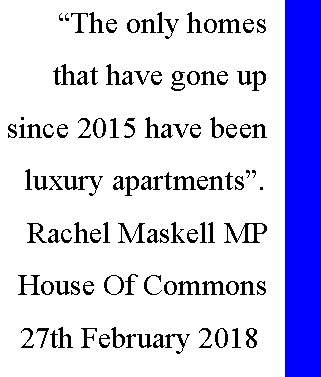
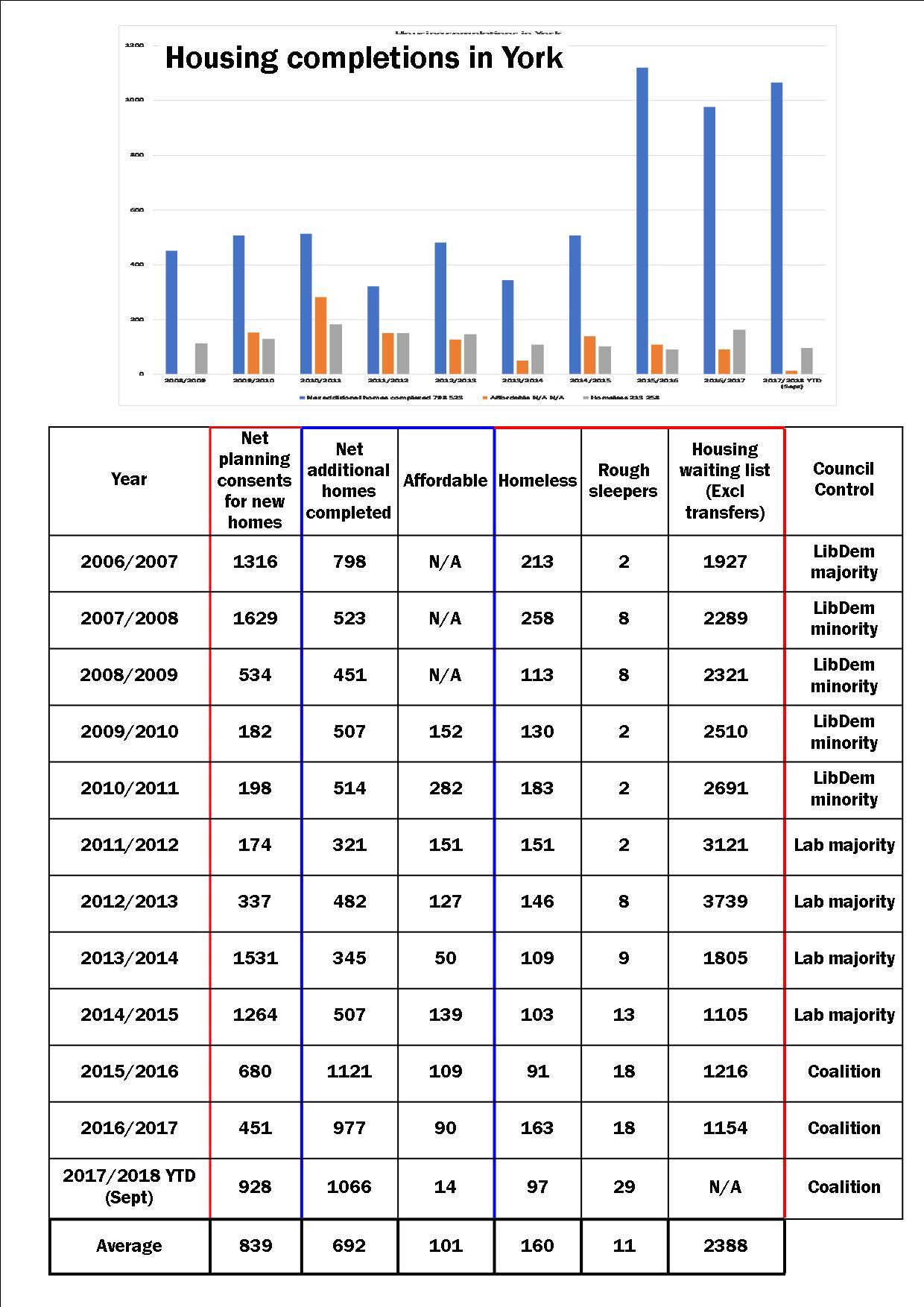

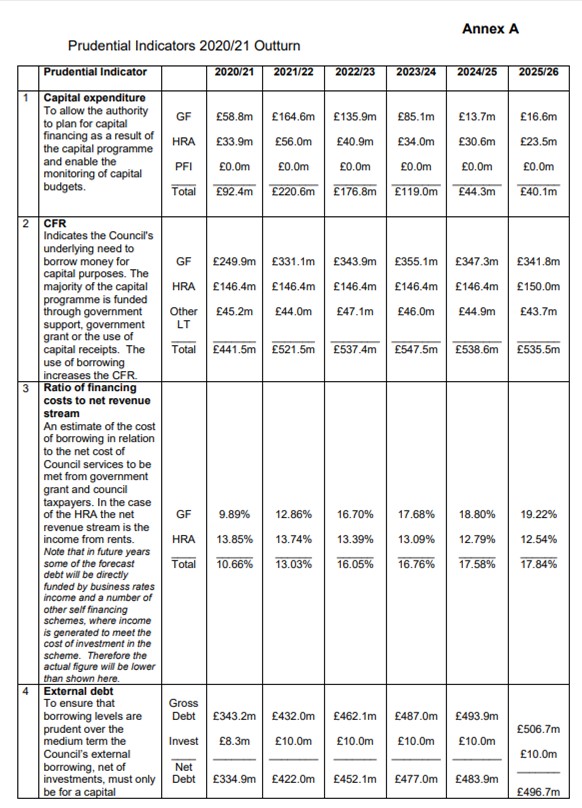
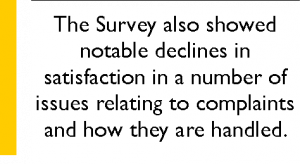 …we don’t think so!
…we don’t think so!